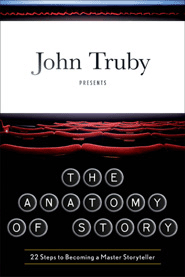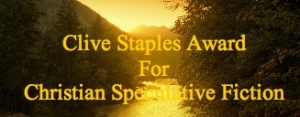 Last week we looked at the opening paragraphs of ten novels to see which hooked readers most often. I find these exercise informative. What was it that grabbed readers’ attention and why?
Last week we looked at the opening paragraphs of ten novels to see which hooked readers most often. I find these exercise informative. What was it that grabbed readers’ attention and why?
The poll results are in. Only one vote separated our top two entries.
In the top slot was Choice B
I never believed in ghosts.
Until I saw one, face to face, when I was twelve.
It was the middle of the summer, one of those nights when the wind scratched tree branches against my window and the Pacific roared so loud I thought it was going to sweep my away. Something startled me awake, some shifting of our house, beam against beam, old wood crying out in the damp sea breeze.
In second place was Choice C:
Tarnished snow sifted through the air, clinging to Ela Roch’s skin the instant she stepped outside. Warm snow.
Impossible.
She rubbed at the flakes on her bare forearm and watched them smear across her brown flesh like menacing shadows. Ashes. What was burning?
Unnerved, Ela scanned the plain mud-plastered stone houses honeycombed around the wide public square. Houses built one atop another within a vast, irregular, protective curtain wall, sheltering the city of Parne.
And now the big reveal: who are these authors and from what books did these openings come?
Choice A Storm by Evan Angler
Choice B Fathom by Merrie Destefano
Choice C Prophet by R. J. Larson
Choice D Cracks in the Ice by Deanna Klingel
Choice E Crosswind by Steve Rzasa
Choice F Merlin’s Blade by Robert Treskillard
Choice G The Constant Tower by Carole McDonnell
Choice H Soul’s Gate by James Rubart
Choice I The New Recruit by Jill Williamson
Choice J Beckon by Tom Pawlik
Here are my general observations about openings that hook:
The ones that attracted the most readers contained surprise or the unexpected–warm snow, seeing a ghost.
They also created tension. The middle of a summer night, wind scratching tree branches against the window, and the protagonist starts awake. The tension is palatable. Perhaps less so, but still present is the tension created by the smeared ash “like menacing shadows.”
The openings that hook also created a question, whether spoken or unspoken. Why would a ghost visit a twelve-year-old? What was burning?
Another element that these openings share is evocative language. In Fathom: “… the Pacific roared so loud I thought it was going to sweep my away.” And “some shifting of our house, beam against beam, old wood crying out in the damp sea breeze.”
In Prophet: “Tarnished snow” and “mud-plastered stone houses honeycombed around the wide public square.”
The final element I notice in the top attention-getting entries is that they connect the reader with a character. Fathom does this in part because of the first person point of view. The reader is right with the character from the beginning, feeling what she feels, experiencing the same startling event she experienced.
Prophet creates a connection with the character through description and her actions. She’s observant, curious, unnerved, concerned. Her questioning draws the reader in to question with her.
I think it’s fair to say that the other openings shared some of these same elements–but perhaps not all. They may have included things these top two did not.
In truth, there is no sure-fire formula for an intriguing opening that will hook readers, but I don’t think you can go wrong if you surprise your audience, create tension and questions with evocative language while introducing them to an interesting character.









![PowerElementsCharacterDevelopment[1000][1]](https://rebeccaluellamiller.files.wordpress.com/2015/05/powerelementscharacterdevelopment10001.jpg?w=205)





